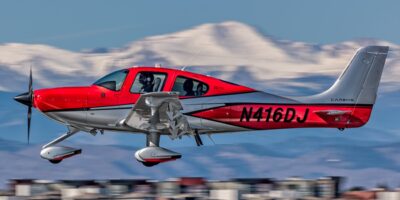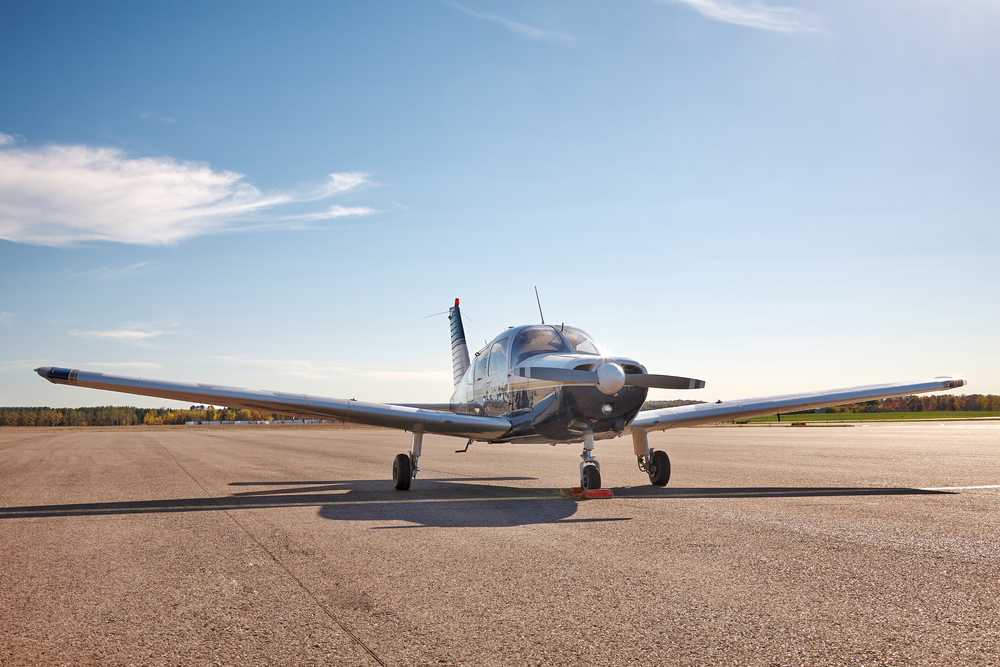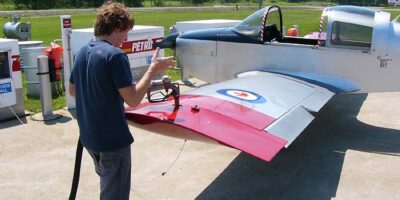Pilots shopping for four-seat cross-country aircraft often compare the Mooney M20J and Cessna 182. These aircraft represent different philosophies: the Mooney emphasizes speed and efficiency with retractable gear, while the 182 prioritizes utility and simplicity with fixed gear. Both serve the mission well but appeal to different priorities and flying styles.
Quick Answer: The Mooney M20J cruises at 155-165 knots on 10 GPH with a 200 hp Lycoming engine, offering superior efficiency. The Cessna 182 cruises at 140-145 knots burning 12-13 GPH with a 230 hp Lycoming, providing better useful load (1,100 pounds vs 900 pounds) and easier handling. Mooneys cost $60,000-$150,000 used; 182s run $100,000-$250,000. Operating costs: Mooney $150-$200/hour vs 182 $180-$240/hour.
Speed and Efficiency Comparison
The Mooney M20J wins the speed contest decisively, cruising 15-20 knots faster than the 182 while burning 2-3 gallons less per hour. The sleek aerodynamics and retractable gear reduce drag significantly. On a 500-mile trip, the Mooney saves 30 minutes and 10 gallons of fuel. This efficiency adds up over hundreds of hours annually.
The 182’s fixed gear creates more drag but simplifies operations. No gear to retract, no gear pumps to maintain, no complex hydraulic systems. The higher fuel burn reflects the 230 hp engine and draggy airframe. However, the 182 climbs faster at 1,000+ feet per minute compared to the Mooney’s 800-900 fpm. The extra power helps on hot days and at high elevations.
Useful Load and Payload Capacity
The Cessna 182 dominates payload capacity with 1,100 pounds useful load versus the Mooney’s 900 pounds. With full 88-gallon fuel tanks (528 pounds), the 182 carries 572 pounds of people and bags. The Mooney’s 64 gallons (384 pounds) leaves only 516 pounds for occupants. Real-world: the 182 carries four adults with baggage; the Mooney carries four adults with minimal bags or reduced fuel.
The 182’s cabin is wider at 42 inches versus the Mooney’s 43.5 inches—surprisingly similar. However, the 182’s high wing and larger doors make entry easier. The Mooney’s low-slung seating position feels sporty but complicates loading. Baggage capacity favors the 182 with easier access and more cubic feet. For family trips with camping gear, the 182’s utility advantage is decisive.
Handling and Flight Characteristics
The Mooney flies like a sports car—quick roll response, efficient controls, and stable cruise. The laminar-flow wing provides excellent high-speed performance but demands precise speed control on approach. Stall characteristics are gentle. The manual landing gear requires careful preflight checks and landing checklists. The narrow cockpit feels cozy or cramped depending on pilot size.
The 182 handles like a larger 172—predictable, stable, and forgiving. Control forces are heavier than the Mooney but not excessive. The high wing provides excellent visibility downward. Approach speeds are similar (70-75 knots) but the 182 tolerates speed variations better. The fixed gear eliminates gear-up landing risks. New pilots transition to the 182 more easily than the Mooney’s faster, slicker characteristics.
Operating Costs and Maintenance
The Mooney’s efficiency produces lower fuel costs—$60 per hour at $6/gallon versus the 182’s $72-$78. However, the retractable gear adds maintenance expenses. Annual inspections run $2,500-$4,000 for Mooneys including gear inspection. The 182’s annuals cost $2,000-$3,500. Both engines have 2,000-hour TBO with similar $30,000-$35,000 overhaul costs.
Insurance costs are similar for experienced pilots but higher for Mooney owners during initial transition due to retractable gear. Parts availability is excellent for both aircraft. Cessna has larger dealer and service networks. Mooney parts come from specialized suppliers but are readily available. Total operating costs including reserves favor the Mooney by $30-$40 per hour for high-time pilots.
Mission Suitability
The Mooney excels at efficient two-person or light four-person cross-country travel. Pilots flying 200+ hours annually appreciate the fuel savings and speed. The aircraft serves business travel, commuting, and sport flying well. Solo or two-person trips with baggage work perfectly. Four adults require light bags or reduced fuel for safety margins.
The 182 dominates family flying, cargo hauling, and utility missions. Four adults with full camping gear fits comfortably. The aircraft accesses rough strips the Mooney avoids. Flight training operations prefer the 182’s simplicity. Mountain flying benefits from the extra power and high-altitude performance. The 182’s slower speed is acceptable when payload capacity and simplicity matter more than speed.
Market Values and Resale
1980s M20J models sell for $60,000-$100,000 depending on avionics and condition. Well-equipped examples with glass panels reach $120,000-$150,000. The Mooney market is smaller than Cessna, which can slow resale. However, values remain stable for good examples. Buyers specifically seeking efficiency keep demand steady.
Cessna 182s command higher prices: $100,000-$250,000+ for 1970s-1990s models. The large fleet ensures strong demand and quick sales. Banks finance 182s readily due to proven values. Insurance is straightforward. The 182’s popularity and versatility support strong resale values. Well-maintained 182s appreciate in real terms over recent years.
Training and Transition
Transitioning to the 182 from a 172 requires 5-10 hours typically. The constant-speed propeller and higher speeds need practice but aren’t challenging. Most pilots solo the 182 after 2-3 hours of dual. Insurance companies require 10-15 hours dual for complex aircraft endorsement purposes but not specifically for the 182’s characteristics.
The Mooney demands more transition time—15-25 hours for pilots new to retractable gear. The faster approach speeds, steeper descent rates, and landing gear management require practice. Insurance companies mandate 10-25 hours dual depending on experience. The Mooney punishes sloppy flying with ballooned landings or gear-up incidents. Proficiency is essential—occasional flying in the Mooney is risky without recurrent training.
Which Aircraft to Choose
Choose the Mooney if efficiency, speed, and economy matter most. Pilots flying frequently, covering long distances, and typically carrying two people benefit from the Mooney’s strengths. Accept the smaller useful load and retractable gear complexity as tradeoffs for efficiency. The Mooney rewards knowledgeable, proficient pilots with exceptional performance per dollar.
Choose the 182 if payload, simplicity, and versatility are priorities. Family operators, pilots flying infrequently, and those needing rough-field capability benefit from the 182’s utility. Pay the extra fuel costs for the added capability and forgiving nature. The 182 works for more missions and requires less pilot proficiency to operate safely. Both are excellent aircraft—your mission and flying style determine which fits better.
Join the Aircraft Insider Community
Get exclusive backcountry flying tips, aircraft reviews, and Western aviation destinations delivered to your inbox.
✈️ No spam, ever. Unsubscribe anytime. Privacy respected.




Leave a Reply